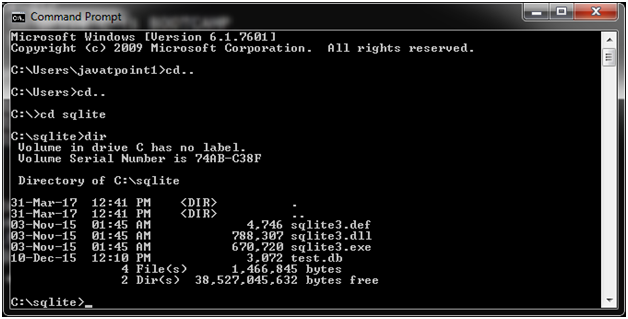

Notice that the query has been written over multiple lines.

This is the SQL editor pane into which you will type your queries.īelow is a simple example query and the results. The top pane is itself tabbed with the initial tab labeled ‘SQL 1’. In the left hand pane if you select the Execute SQL tab, you will be presented with a three paned window and a small toolbar. For now we will just provide an outline of the environment. We will be running queries extensively in future episodes. As our interest is in analysing existing data not creating or deleting data, it is unlikely that you will want to use these options. There are options for ‘New Record’ and ‘Delete Record’.

You can also select the table you wish to Browse directly from here. If you select ‘Browse Table’, the data from the table is loaded into the ‘Browse Data’ pane from where it can be examined or filtered. These are the same actions that are available from the toolbar at the top of the tab. However, if you do the same in the ‘Database Structure’ menu you will be given a set of possible actions. If you right click on a table name in the ‘DB Schema’ pane, nothing happens. The ‘Database Structure’ tab on the left allows you to initiate actions on the tables. In particular what tables are in the database and the fields and their types which are in each table. However the ‘DB Schema’ pane is only there to allow you to see the details of the schema for the tables. When you open the database, the ‘Database Structure’ tab on the left and the ‘DB Schema’ pane on the right will look very similar.
#USE DB SQLITE DOWNLOAD#
Not already have a copy of this database you can download it from One of the datasets we will be using this lesson is the SQL_SAFI database, a sample of You can now close the preference window by clicking OK. We will discuss the meaning of NULL values in a table in a later episode. This is now the default background cell colour that will be used to display NULL values in you tables. A colour selector window will open, select Red. Click in the area for the Background color for NULL. You will see three bars below the word Text, to the right there are in fact three invisible bars for the Background. Towards the bottom there is a section dealing with Field colors. SQLite” menu item select ‘preferences’ and select the Data Browser tab. ‘preferences’ and select the Data Browser tab.
#USE DB SQLITE MAC#
To explicitly launch the application after installing it, use the windows button (bottom left of screen) and type in ‘DB Browser’ in the search bar and selecting the application when it appears.įor Mac users, launch the spotlight search bar (press “command” + the space bar on your keyboard) and enter ‘DB Browser.’ Select the application when it appears. In Windows the installation of DB Browser does not create a desktop icon. Understand the layout of the DB Browser for SQLite and the key facilities that it provides


 0 kommentar(er)
0 kommentar(er)
